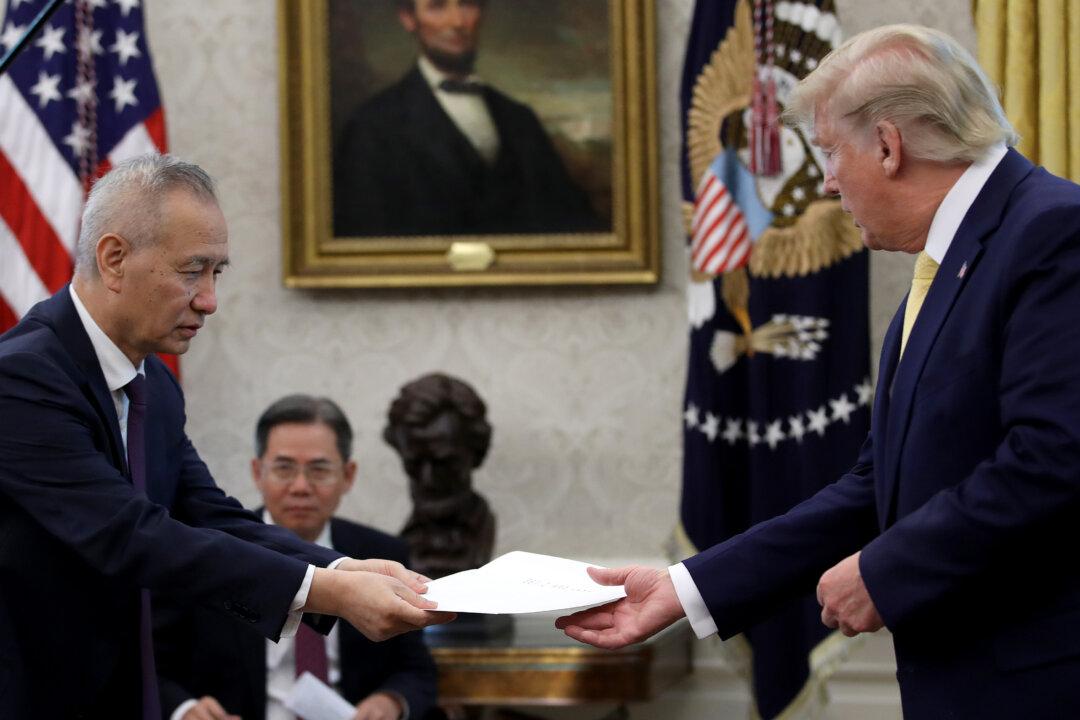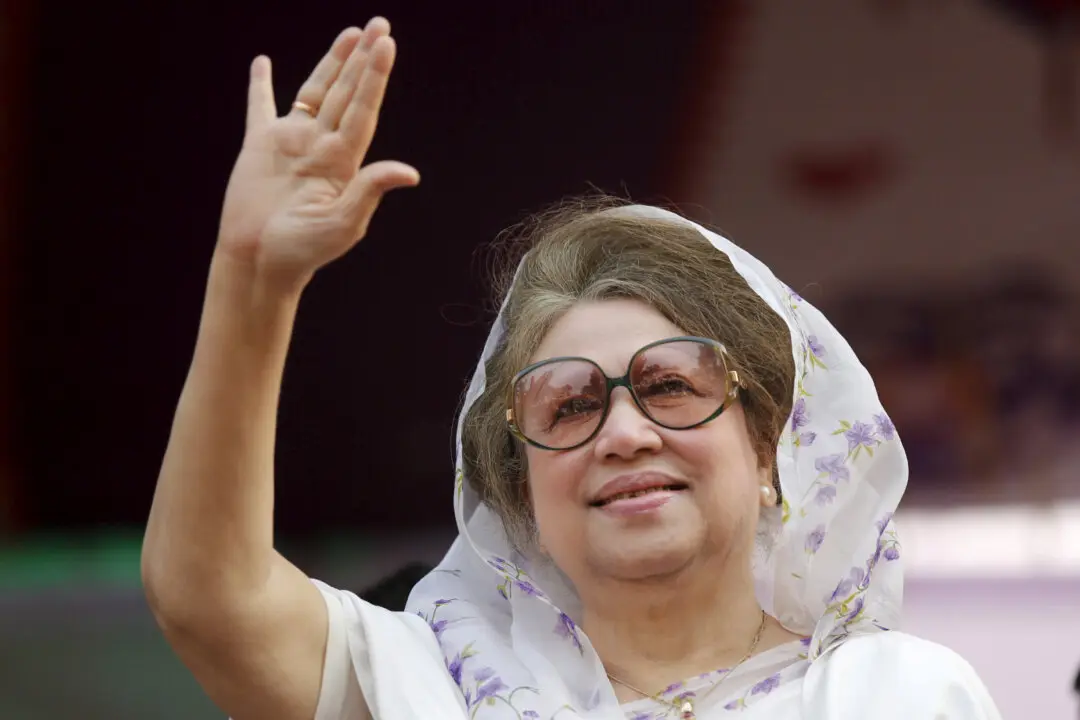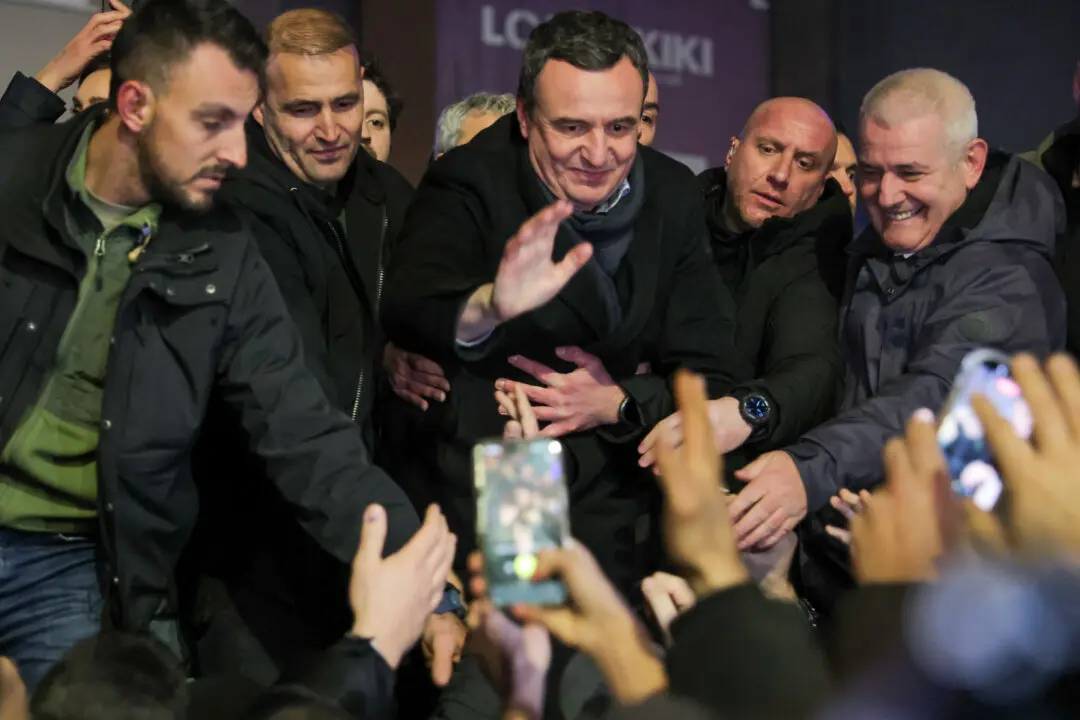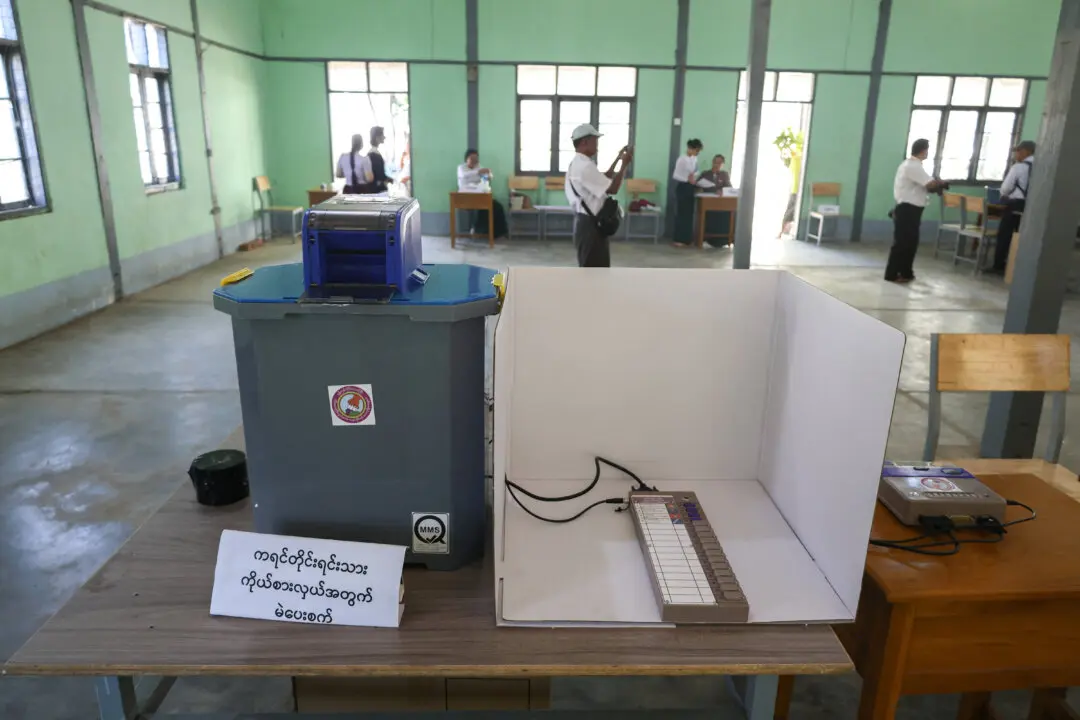WASHINGTON—U.S.-China trade talks are progressing well and the United States aims to sign an initial deal this month, top Trump administration officials said on Nov. 1, offering reassurance to global markets after nearly 16 months of tit-for-tat tariffs.
Beijing’s state-run media Xinhua said the world’s two largest economies had reached “consensus on principles” during a serious and constructive telephone call on Friday between their main trade negotiators.





